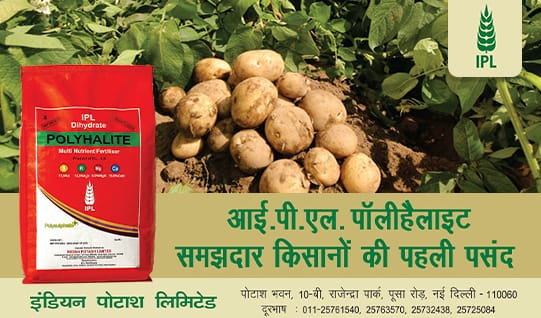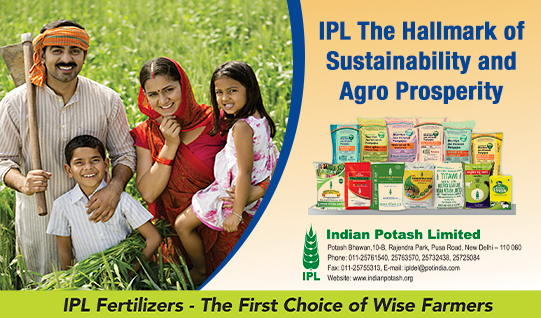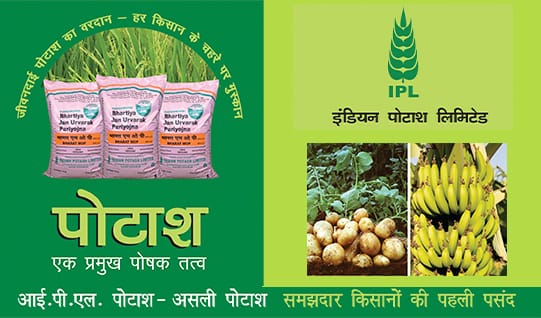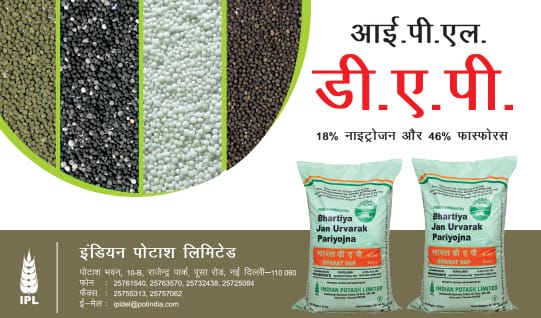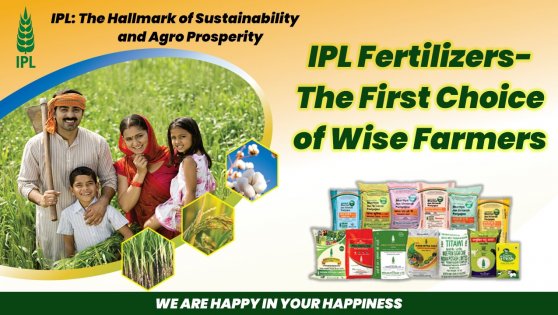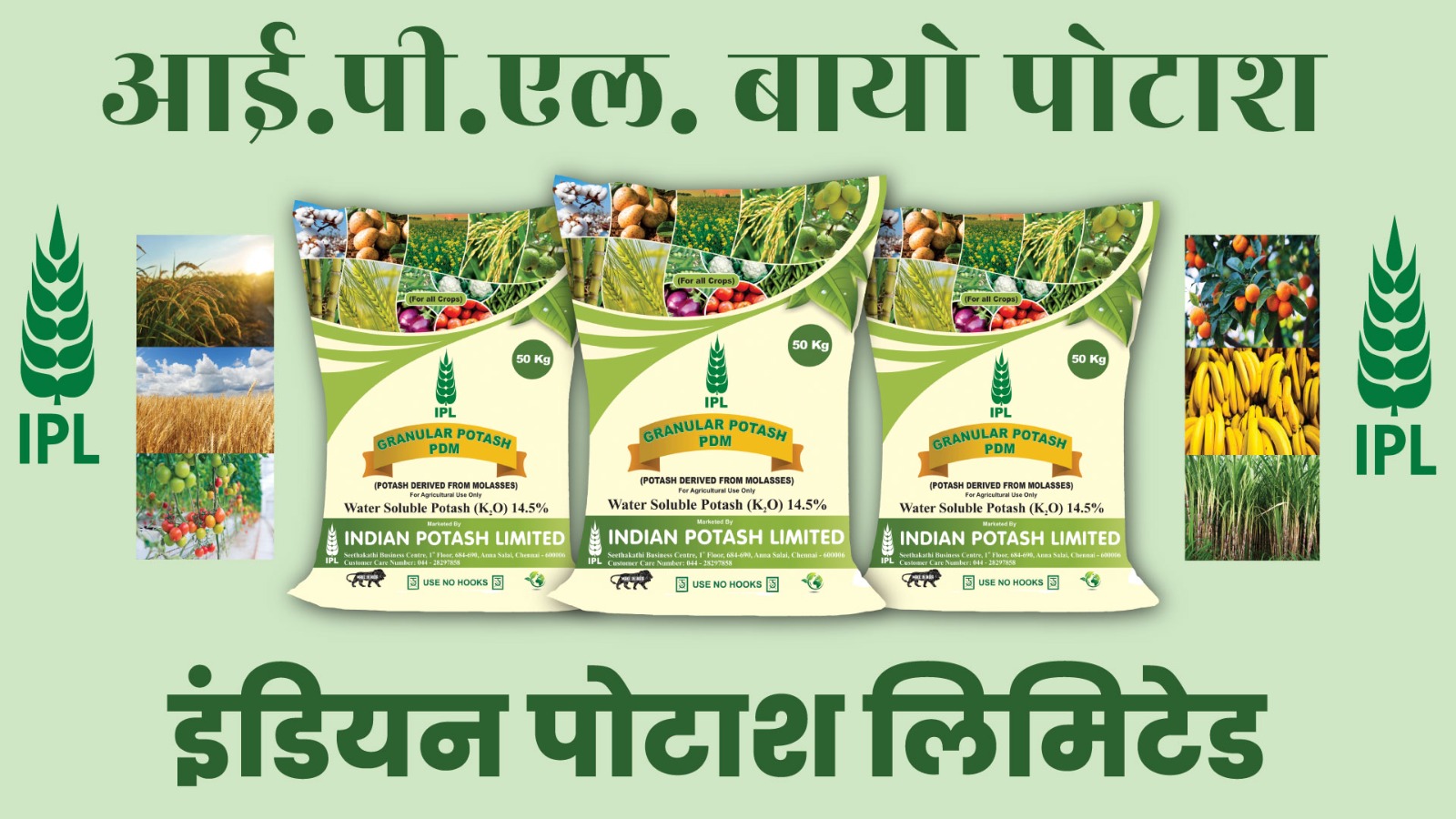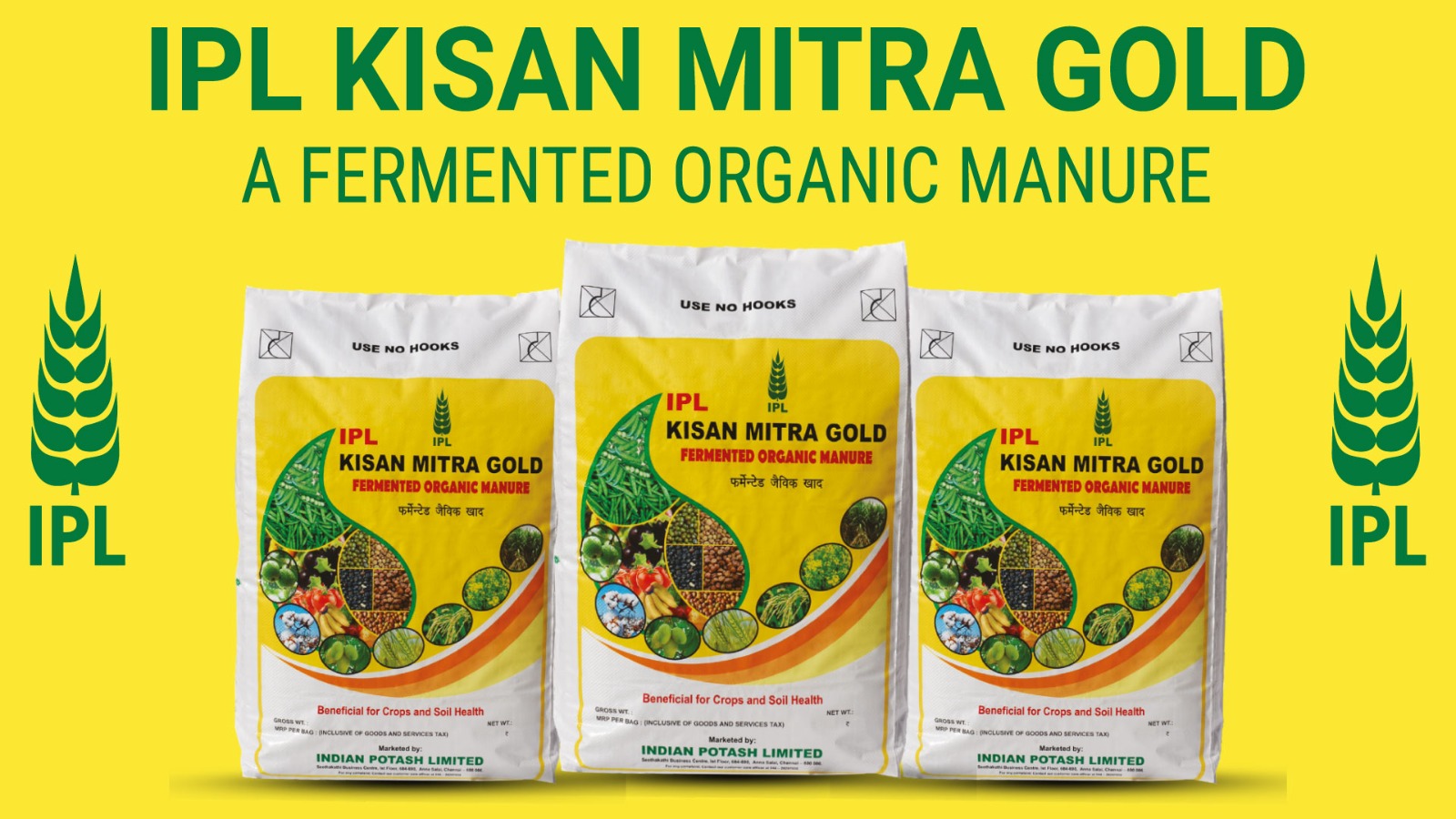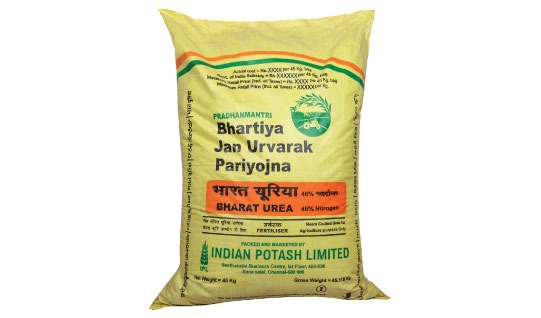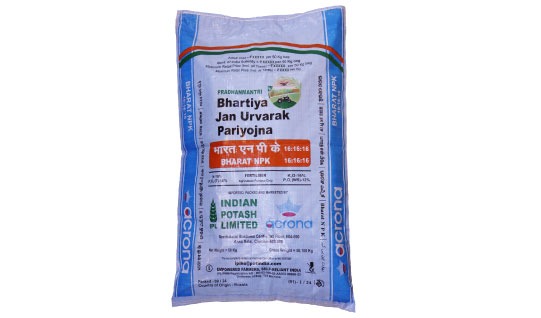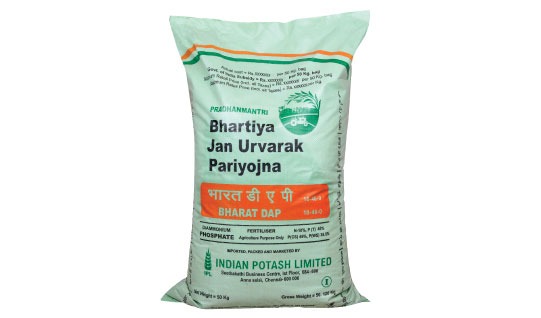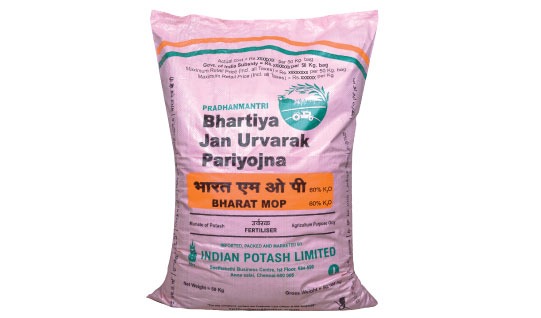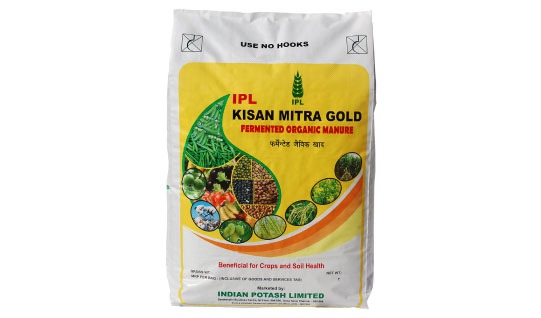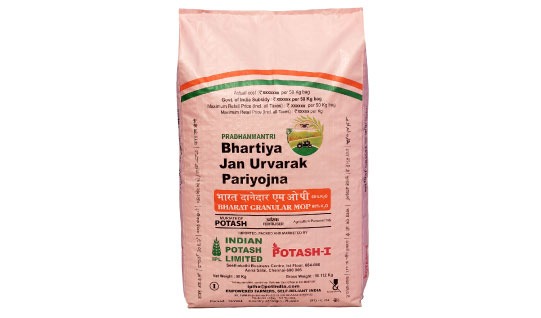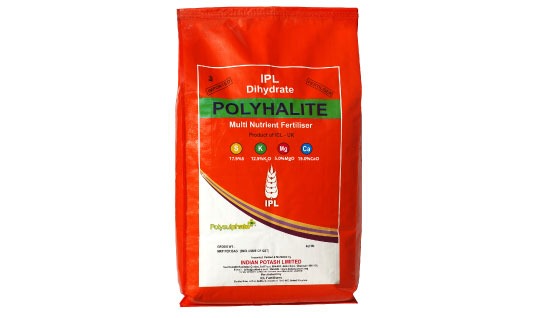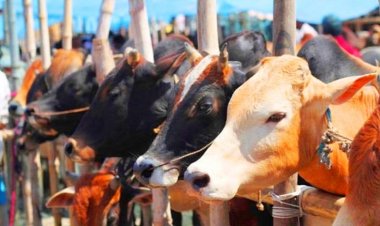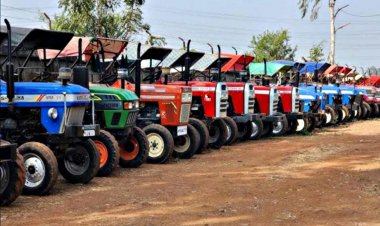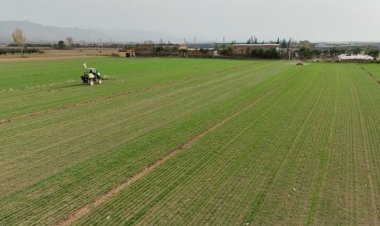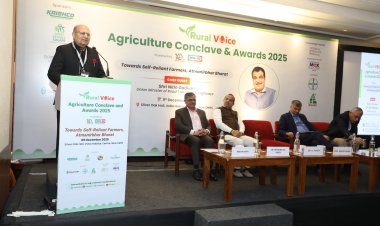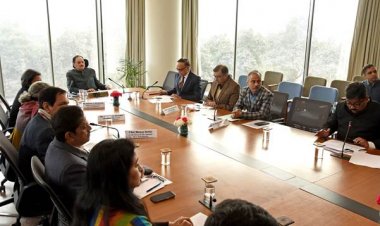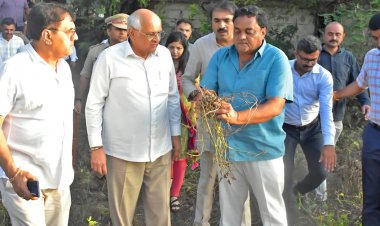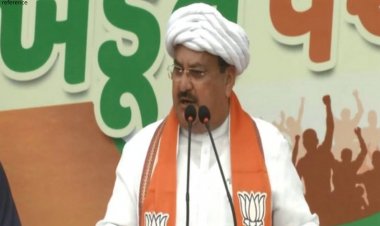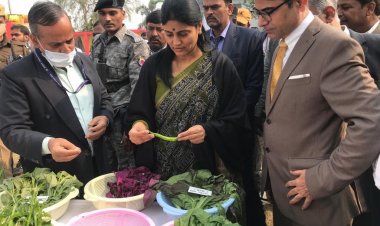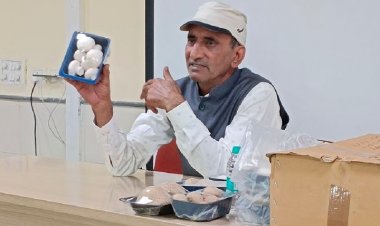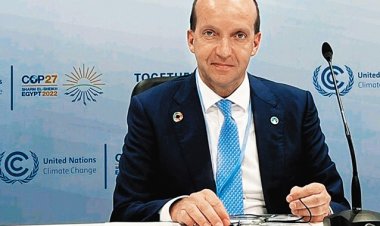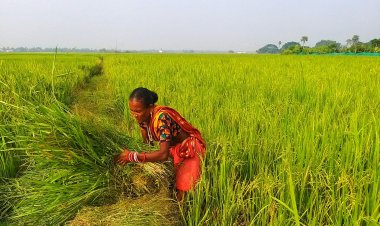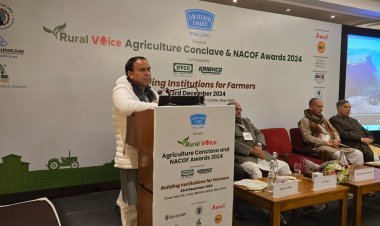Strong Monsoon Could Drive Farm-Led Economic Boost in FY26, Says Ind-Ra
Ind-Ra's projected 4% agricultural GVA growth for FY26 is a plausible outcome given the above-normal monsoon forecast
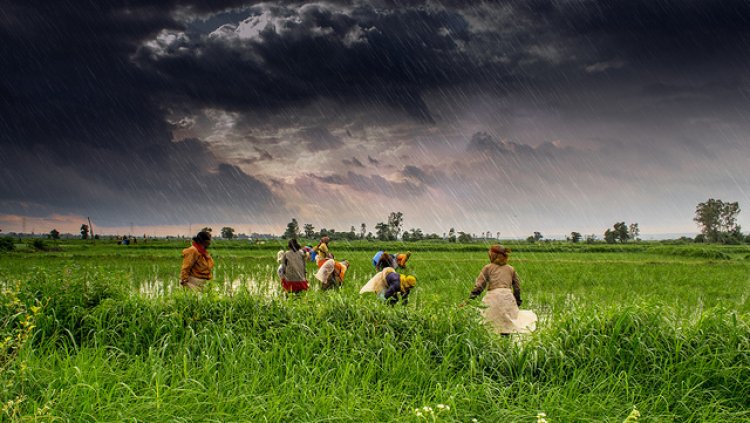
R. Suryamurthy
The prospect of a robust agricultural performance in Fiscal Year 2026 has been ignited by the India Meteorological Department's (IMD) prediction of a monsoon season delivering 105% of the long-period average (LPA) rainfall. This favourable forecast underpins India Ratings and Research's (Ind-Ra) projection of a 4% year-on-year growth in agricultural Gross Value Added (GVA). Yet, this anticipated expansion is not a straightforward consequence of rainfall alone. A thorough analysis reveals that realizing this growth potential depends critically on the intricate interplay of how this rainfall is distributed across regions and time, the ongoing transformation of India's agricultural sector, and its deep connections with the nation's overall economic health. While the expectation of an above-average monsoon provides a significant boost, a deeper investigation into these multifaceted factors is essential for a comprehensive outlook.
The headline forecast of 105% LPA masks crucial regional variations, the IMD highlights. The potential for below-normal rainfall in Northwest India (NWI), Northeast India (NEI), and particularly South Peninsular India (SPI) introduces a degree of geographical risk. Ind-Ra's analysis correctly identifies SPI as historically more vulnerable to monsoon variability, even with improvements in irrigation infrastructure between FY19 and FY23. This regional sensitivity underscores the limitations of aggregate forecasts and the need for granular monitoring of rainfall patterns throughout the June-September monsoon period. The deviation from a uniform distribution could lead to localised agricultural stress, potentially offsetting gains in regions with abundant rainfall.
Furthermore, the increasing contribution of allied agricultural activities (livestock, forestry, and fishing) to overall agricultural GVA is a significant structural shift. The decline in the share of crop agriculture to 53.8% in FY24 from 66.4% in FY08 indicates a diversification that enhances the sector's resilience to monsoon vagaries. Ind-Ra's data, showing allied sector GVA growth outpacing crop GVA growth in 15 out of the last 21 years, supports this assertion. This diversification acts as an inherent stabiliser, mitigating the impact of potential crop failures due to insufficient or poorly distributed rainfall. The analysis of past agricultural GVA contractions (FY09, FY10, and FY15) further reinforces this point, demonstrating how allied sector growth cushioned the decline driven by the crops sector.
The rising prominence of Rabi (winter) crop production offers another layer of insulation against monsoon deficits. The trend of Rabi food grain output equaling or surpassing Kharif (summer) production since FY18 signifies a reduced reliance on the immediate monsoon for overall food grain output. Rabi crops primarily depend on residual soil moisture from the preceding monsoon, suggesting that even a slightly deficient monsoon, particularly if followed by favourable post-monsoon conditions, may not significantly impede overall agricultural output. The FY24 data, with a marginal Kharif dip but a stronger Rabi performance leading to higher overall food grain production, exemplifies this dynamic.
However, the analysis must also consider the broader macroeconomic context. Dr. Pant's observation regarding controlled inflation and potential monetary easing providing a conducive environment for consumption growth is pertinent. A strong agricultural performance, driven by a favourable monsoon, would indeed bolster rural incomes and subsequently fuel consumption demand. However, the increasing proportion of employment in agriculture (46.1% in FY24) coupled with its declining share in real GVA (14.5% in FY25) presents a potential challenge to per capita income growth in rural areas. While a good monsoon supports overall consumption, the structural issue of lower productivity in agriculture relative to other sectors needs to be addressed for sustained and equitable economic growth.
Finally, the correlation data presented by Ind-Ra provides valuable insights into the regional relationship between rainfall and Kharif production. While the all-India correlation between rainfall and output was positive across the three analysed periods (FY97-FY04, FY05-FY12), the weakening correlation in NWI and the negative correlation in CI during FY17-FY24 warrant further investigation. This suggests that factors beyond just the quantum of monsoon rainfall, such as irrigation infrastructure, crop diversification, and regional climate variations, are increasingly influencing agricultural output. The consistently positive correlation in SPI, albeit with some fluctuation, reinforces its sensitivity to monsoon performance.
In conclusion, Ind-Ra's projected 4% agricultural GVA growth for FY26 is a plausible outcome given the above-normal monsoon forecast. However, a deeper analytical lens reveals that the realisation of this potential is contingent on the spatial and temporal distribution of rainfall, the continued resilience provided by the expanding allied agricultural sectors and Rabi production, and the broader macroeconomic environment. While a good monsoon offers a significant boost, addressing the underlying structural challenges within the agricultural sector remains crucial for long-term, sustainable and inclusive economic growth. Close monitoring of regional rainfall patterns and their impact on crop yields will be essential to validate this optimistic projection of agri growth.


 Join the RuralVoice whatsapp group
Join the RuralVoice whatsapp group
